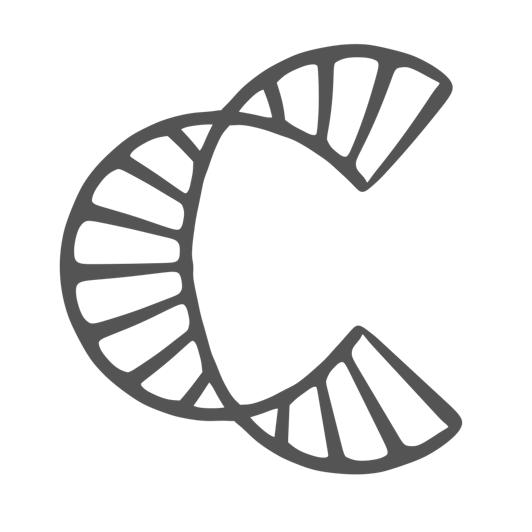Large Scale Phage Purification
This protocol is the routine procedure for the large-scale (1 L) purification of phage display libraries and individual phage clones. The protocol can be scaled up and down to accommodate the propagation of different culture volumes.
This protocol is based on and modified from the The Laboratory of George P. Smith at the University of Missouri. The protocols were previously hosted by http://www.biosci.missouri.edu/smithgp/
Reagents
Note: This protocol describes the purification of filamentous phage based on the Fd-tet vector (tetracycline resistant) and uses K91BluKan E. coli cells (kanamycin resistant) that are cultured in NZY medium. The protocol can be modified to accommodate other phage variants and E. coli strains taking into account their optimal medium and antibiotic resistance.
Protocol
1. Centrifuge a 1 L overnight E. coli culture (Library Amplification) at 5000 xg for 10 min to pellet the cells.
2. Transfer the supernatant to a clean centrifuge bottle and add 0.15x volume PEG/NaCl solution. Mix thoroughly by at least 100 inversions and incubate at 4ºC for at least 4 h or ideally overnight to precipitate the phage.
3. Pellet the phage by centrifugation at 8000 xg for 10 min at 4ºC. Carefully, remove the supernatant by pipetting and dissolve the phage pellet in 30 mL TBS by vigorous pipetting. Centrifuge at 8000 xg for 2 min to pellet insoluble matter.
4. Transfer the supernatant to a fresh centrifuge bottle and add 5 mL PEG/NaCl. Mix thoroughly by at least 100 inversions and incubate at 4ºC for at least 4 h or ideally overnight.
5. Centrifuge at 8000 xg for 10 min at 4ºC to pellet the phage particles. Carefully, remove the supernatant by pipetting and dissolve the phage pellet in 1-10 mL TBS by vigorous pipetting. The phage can be stored at 4°C for up to 3 months.
Notes: -Determine the physical particle concentration: Quantifying Phage Virions.
-Determine the number of transducing units:
Titering Transducing Units (TU).
Tips & Tricks
- Steps 4-5 can be repeated to provide a more pure phage solution.

